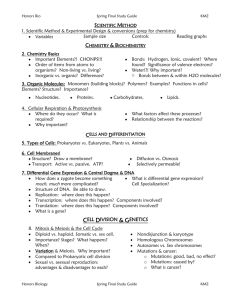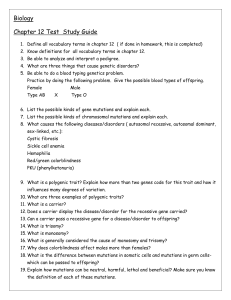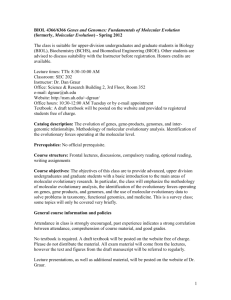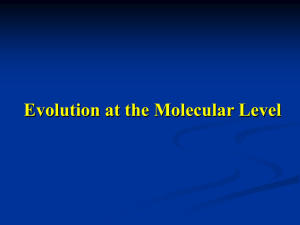Kolchanov
advertisement
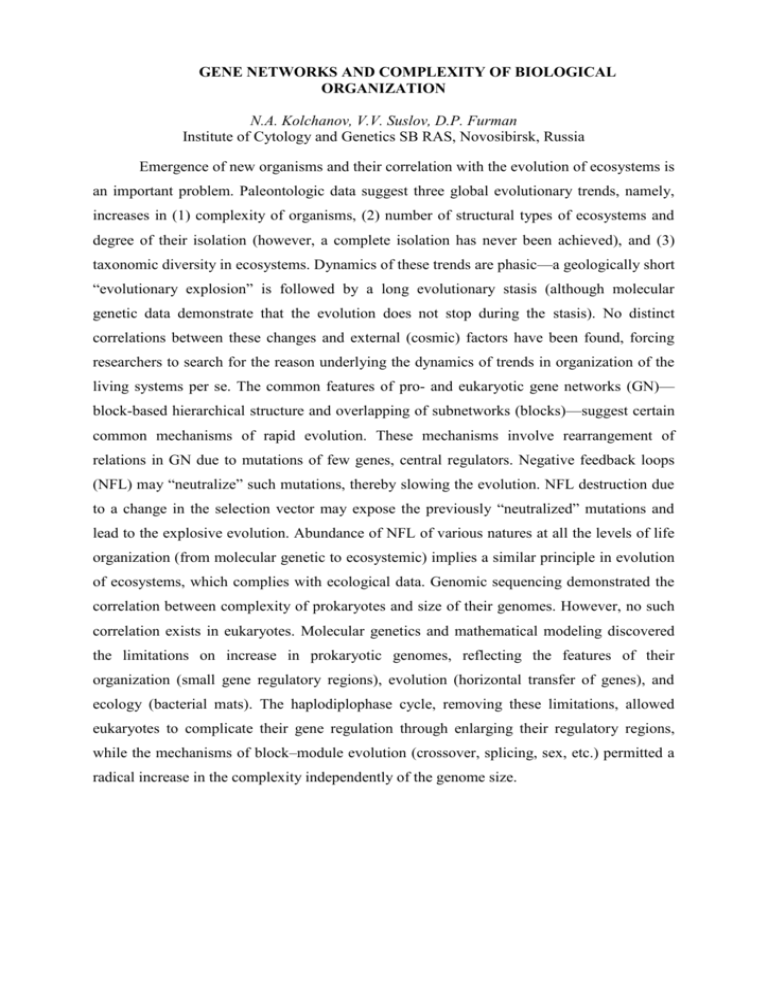
GENE NETWORKS AND COMPLEXITY OF BIOLOGICAL ORGANIZATION N.A. Kolchanov, V.V. Suslov, D.P. Furman Institute of Cytology and Genetics SB RAS, Novosibirsk, Russia Emergence of new organisms and their correlation with the evolution of ecosystems is an important problem. Paleontologic data suggest three global evolutionary trends, namely, increases in (1) complexity of organisms, (2) number of structural types of ecosystems and degree of their isolation (however, a complete isolation has never been achieved), and (3) taxonomic diversity in ecosystems. Dynamics of these trends are phasic—a geologically short “evolutionary explosion” is followed by a long evolutionary stasis (although molecular genetic data demonstrate that the evolution does not stop during the stasis). No distinct correlations between these changes and external (cosmic) factors have been found, forcing researchers to search for the reason underlying the dynamics of trends in organization of the living systems per se. The common features of pro- and eukaryotic gene networks (GN)— block-based hierarchical structure and overlapping of subnetworks (blocks)—suggest certain common mechanisms of rapid evolution. These mechanisms involve rearrangement of relations in GN due to mutations of few genes, central regulators. Negative feedback loops (NFL) may “neutralize” such mutations, thereby slowing the evolution. NFL destruction due to a change in the selection vector may expose the previously “neutralized” mutations and lead to the explosive evolution. Abundance of NFL of various natures at all the levels of life organization (from molecular genetic to ecosystemic) implies a similar principle in evolution of ecosystems, which complies with ecological data. Genomic sequencing demonstrated the correlation between complexity of prokaryotes and size of their genomes. However, no such correlation exists in eukaryotes. Molecular genetics and mathematical modeling discovered the limitations on increase in prokaryotic genomes, reflecting the features of their organization (small gene regulatory regions), evolution (horizontal transfer of genes), and ecology (bacterial mats). The haplodiplophase cycle, removing these limitations, allowed eukaryotes to complicate their gene regulation through enlarging their regulatory regions, while the mechanisms of block–module evolution (crossover, splicing, sex, etc.) permitted a radical increase in the complexity independently of the genome size.
